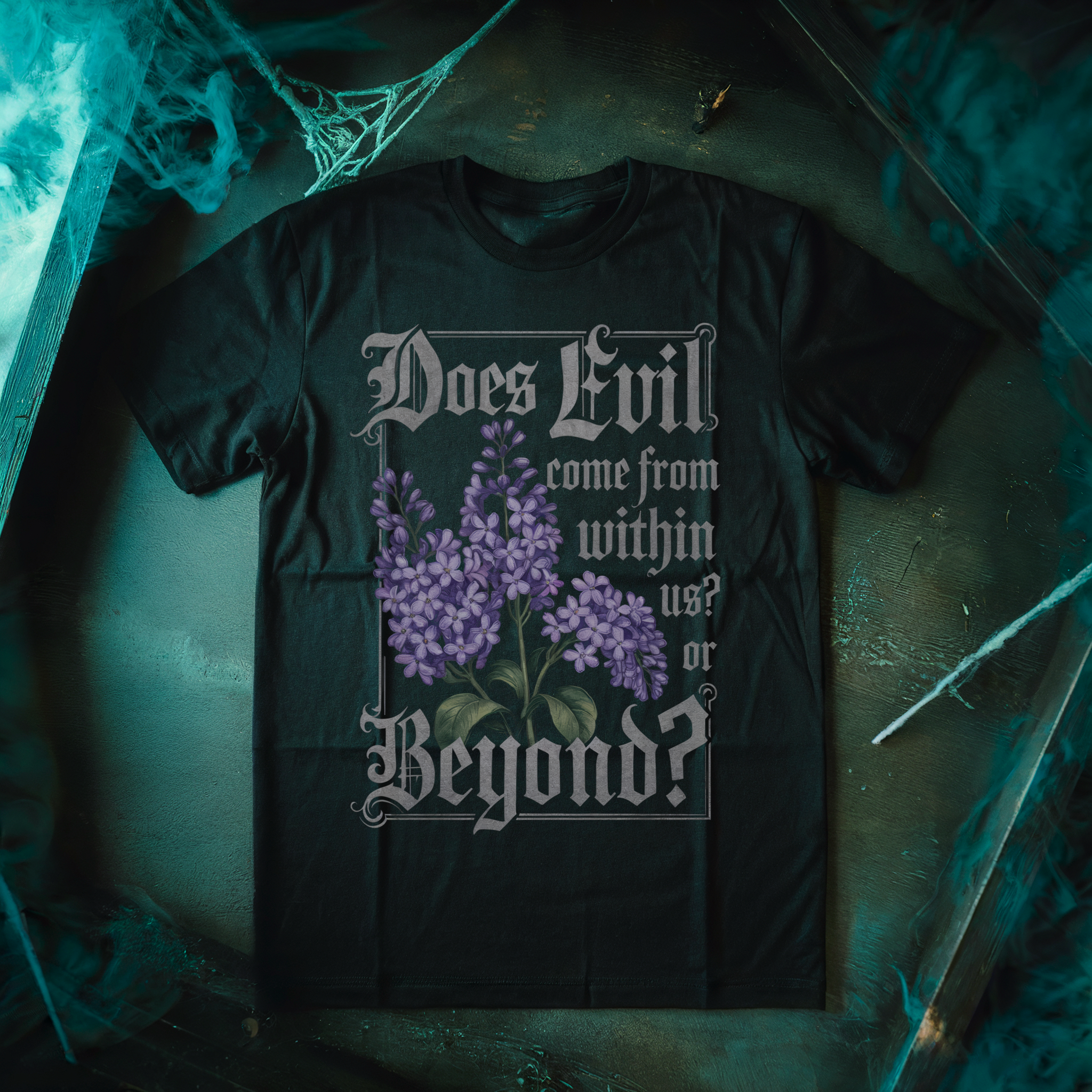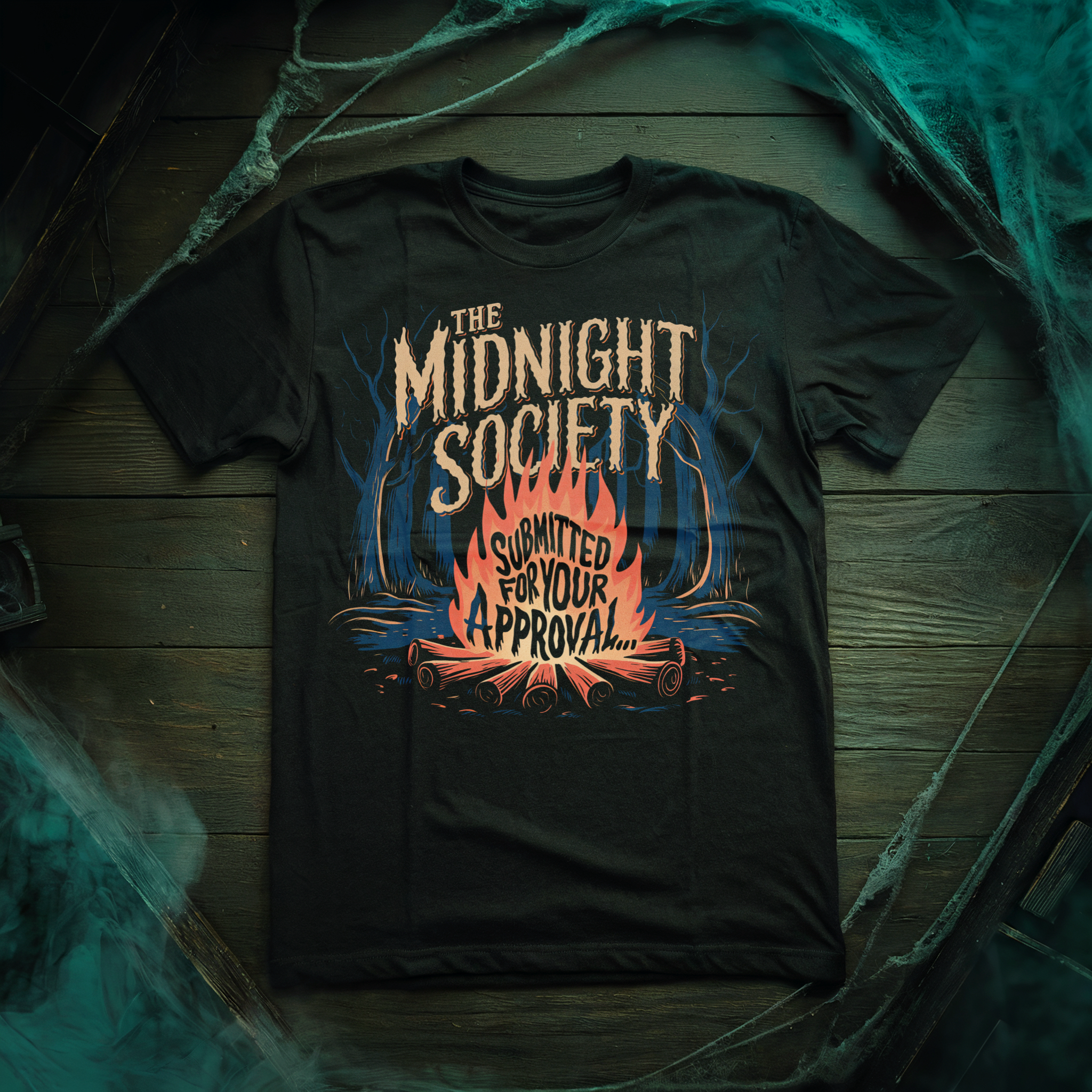Ah, The Others, a film that’s as mysterious as that one sock that always goes missing in the laundry. Alejandro Amenábar’s 2001 horror masterpiece is a tale that’s as chilling as it is puzzling. Set in a creaking mansion trapped in a perpetual shroud of fog, this film captivates with its Gothic atmosphere, ominous whispers, and a twist that’s sharper than a vampire stake. But fear not, for we shall dissect the secrets, the shadows, and the final revelation that left audiences both gasping and gawking.
Without further adieu, it’s time to dig up the graves of this ghostly tale and exhume the secrets of its ending.
Grab your shovels, dear readers, and let’s get digging!
A Haunting Prelude
As the opening credits roll, The Others sweeps us into an eerie mansion cloaked in perpetual fog. Nicole Kidman’s portrayal of Grace, a devout mother caring for her ailing children in a home stricken with photosensitivity, casts an immediate spell. Grace’s world is confined to the shadows, veiled from the sunlight that could spell doom for her children’s delicate condition. This gothic ambiance creates an atmosphere that’s part haunted house and part psychological puzzle.
We’re introduced to a trio of mysterious servants – Mrs. Mills, Mr. Tuttle, and Lydia – who appear out of thin air, almost like phantoms themselves. Their cryptic behavior and evasive answers sow the seeds of suspicion. Could they be ghosts? And what’s with the doors that must be locked at all times? The film’s first act tantalizingly dangles these questions before us, enticing us to pry open the secrets of the mansion alongside Grace.
The Mansion a Maze of Uncertainty
As the story unravels, we navigate the maze of uncertainty hand in hand with Grace. She becomes increasingly convinced that her home is haunted, and her interactions with the “intruders” – mysterious figures she believes to be hostile spirits – are chillingly tense. Amenábar skillfully plants subtle clues amidst the cobweb-laden corners, making us second-guess our own perceptions.
Grace’s conviction that the house is haunted leads us down a path that’s woven with threads of both psychological terror and supernatural unease. Her efforts to protect her children while maintaining control over her environment are portrayed with poignant intensity. Kidman’s performance walks the tightrope between fragility and determination, grounding the film even as the story spirals into the uncanny.
![the others movie 2001 nicole kidman [Endings Exhumed] Unveiling the Ghostly Secrets of THE OTHERS (2001) 11 the others movie 2001 nicole kidman](https://nofspodcast.com/wp-content/uploads/2023/05/the-others-movie-2001-nicole-kidman-800x438.jpg)
Unveiling The Revelation
Just as we’ve settled into the gloomy rhythm of the story, The Others throws us an elegantly sinister curveball. The revelation that the mansion’s “intruders” are actually its current living residents, while Grace and her children are the ones who have passed into the realm of the dead, is a masterstroke that reshapes the entire narrative landscape. We’re thrust into the chilling realization that the boundaries between the living and the deceased are as fragile as gossamer.
This twist sends us scrambling to reevaluate every scene, every interaction, every whispered secret. The pieces of the puzzle snap together with electrifying clarity – the doors that must be locked to keep the living out, the unending fog that obscures the truth (or prevents escape?), a missing husband that arrives with a cold chill and departs just as mysteriously walks too among the land of the dead, and the mysterious photographs that hint at the inevitable outcome.
Grace’s desperation to protect her children becomes even more poignant as we realize she’s unwittingly been doing so from beyond the grave. And too, she’s the one they should have been protected from, all along…
A Twist of Fate, Darkly Woven
As the threads of the story converge, the web of deceit and revelation tightens, pulling us into a brilliantly woven tapestry of dark secrets and hidden identities. The film’s ultimate twist casts a shadow that lingers—a shadow born from Grace’s own heart-wrenching revelation; she was the perpetrator of her own children’s tragic deaths, in a moment of despair after her husband’s failure to return from war, a gut-wrenching blow that rivals any jump scare.
Her dogged refusal to accept the reality of their deaths traps them all in a haunting limbo, a purgatorial existence that assaults her faith and understanding of the afterlife. This twist transforms the narrative into a psychological labyrinth, where the ghosts are both the captors and the captives, perpetuating a cycle of denial and grief.
![the others movie ending explained 2001 [Endings Exhumed] Unveiling the Ghostly Secrets of THE OTHERS (2001) 12 the others movie ending explained 2001](https://nofspodcast.com/wp-content/uploads/2023/08/the-others-movie-ending-explained-2001-800x450.jpg)
A Symphony of Chills
In the dark realm of horror cinema, where jump scares and gore-soaked carnage often rule, The Others stands as a refined relic of a more cerebral approach to fear. With its orchestration of tension, its impeccable performances, and that ending which remains etched in the annals of great cinematic surprises, Amenábar’s ghostly tale remains an elegant testament to the power of suggestion and atmosphere.
So, dear readers, as we extinguish our metaphorical candles and step back into the realm of the well-lit, remember the spine-tingling journey that The Others took us on. May its whispers of enigma continue to resonate, reminding us that sometimes, the true horrors are the ones that linger beyond the reach of sunlight.
And there you have it, fellow thrill-seekers! Another ending exhumed, another chilling tale dissected under the moonlight. Stay tuned for more unraveling of cinematic mysteries, for the silver screen still holds secrets darker than the deepest abyss.
Until next time, remember to keep your flashlight close and your skepticism closer. Happy haunting!





![the others movie 2001 [Endings Exhumed] Unveiling the Ghostly Secrets of THE OTHERS (2001) 10 the others movie 2001](https://nofspodcast.com/wp-content/uploads/2023/05/the-others-movie-2001.jpg)



